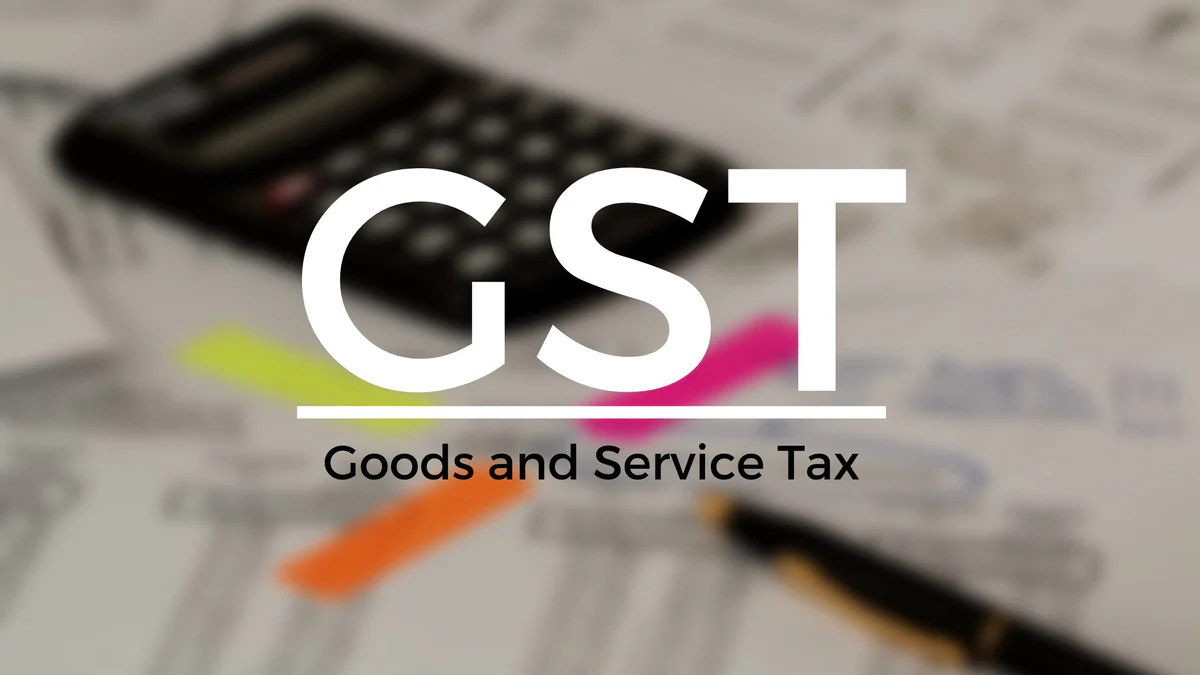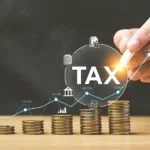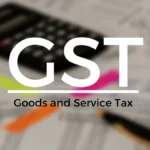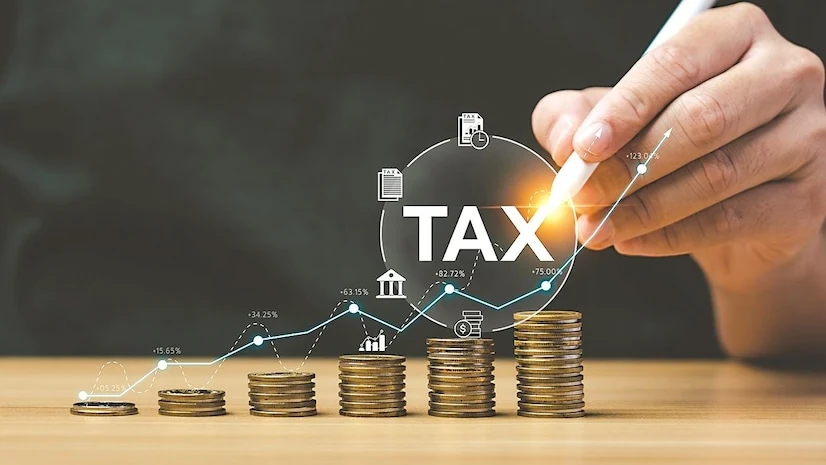Key Points About GST:
- National Tax: The federal government imposes GST across all provinces and territories.
- Taxable Supplies: GST covers the sale of most goods and services in Canada, with some exceptions and zero-rated items.
- Rates: GST stands at 5%. Some provinces combine GST with their provincial sales tax (PST) to create the Harmonized Sales Tax (HST), which leads to a higher overall tax rate.
GST and HST Rates Across Canada:
| Province/Territory | GST Rate | HST Rate |
| Alberta | 5% | N/A |
| British Columbia | 5% | N/A |
| Manitoba | 5% | N/A |
| New Brunswick | 5% | 15% |
| Newfoundland and Labrador | 5% | 15% |
| Northwest Territories | 5% | N/A |
| Nova Scotia | 5% | 15% |
| Nunavut | 5% | N/A |
| Ontario | 5% | 13% |
| Prince Edward Island | 5% | 15% |
| Quebec | 5% | N/A (QST applies) |
| Saskatchewan | 5% | N/A |
| Yukon | 5% | N/A |
Who Pays GST?
Shoppers pay the GST, while companies collect it for the government. Businesses then send the GST they’ve collected to the Canada Revenue Agency (CRA). Companies can also claim Input Tax Credits (ITCs) to get back the GST they spend on things they buy for their business.
GST Exemptions and Zero-Rated Supplies:
Exempt Supplies: Some goods and services don’t have GST applied to them, which means no one charges or collects GST on these items. Here are some examples:
- Basic food items (like fresh fruits, vegetables, milk, bread)
- Health care services (such as most doctor visits)
- Donations to charity (when given to registered charities)
Zero-Rated Supplies: Certain goods and services are classified as zero-rated, which means that businesses do not charge GST on these sales, but they can still claim input tax credits for their purchases. Examples of zero-rated supplies include: –
- Exports of goods and services.
- Prescription medications (and specific medical devices).
- Certain agricultural and fishery products (such as grains and raw wool) For more comprehensive information on exempt and zero-rated supplies, you can check the CRA’s Guide on GST/HST.
Additional Considerations:
HST Registration: Businesses operating in provinces that have HST are required to register for this combined tax and ensure they remit the correct amount to the CRA. You can find more information about HST registration here.
GST/HST Returns: Registered businesses need to file GST/HST returns on a regular basis, detailing both the tax collected and any input tax credits they have claimed. Learn how to file GST/HST returns here.
Record Keeping: It is crucial for businesses to maintain accurate records of all GST/HST transactions to meet CRA regulations and prepare for audits. Businesses should keep supporting documents like invoices, receipts, and bank statements for a minimum of six years. Read more about CRA record-keeping requirements here.






